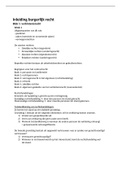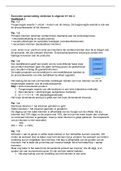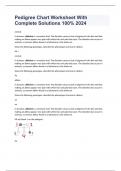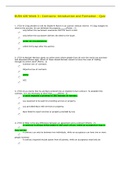Samenvatting
Summary Politics of the Earth Literature from Lecture 5-9
- Instelling
- Universiteit Utrecht (UU)
This document consists of brief summaries of The Evolution of Dutch Environmental Policy: The Changing Ecological Arena from 1970–2000 and Beyond by G. Keijzers (2000); Promoting Nature Conservation by Dutch Farmers: A Governance Perspective by H. Runhaar et al. (2017); Navigating Regional Enviro...
[Meer zien]










